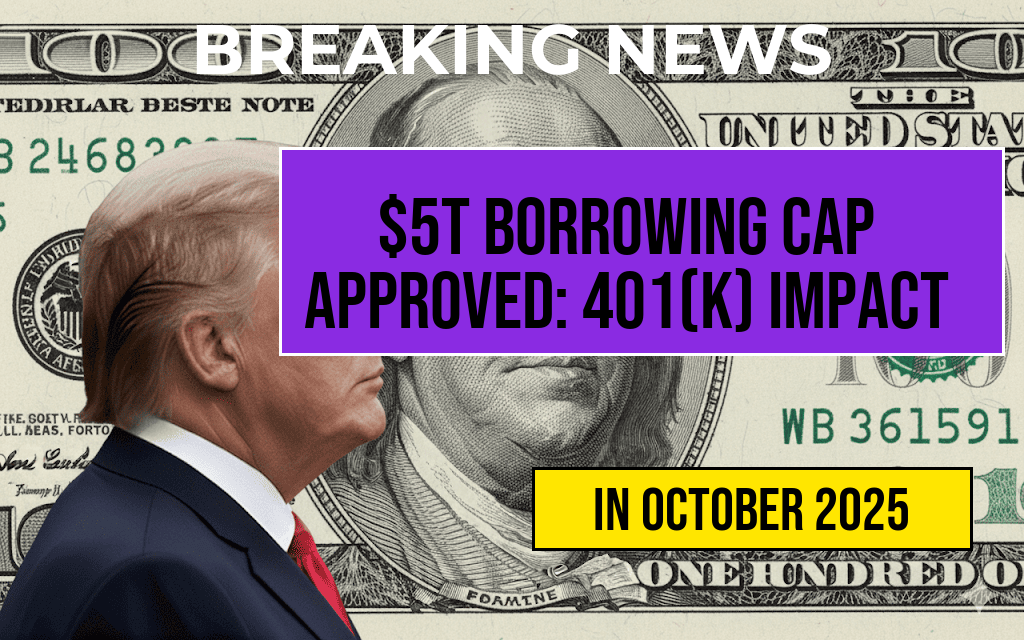The U.S. federal government has announced a new initiative aimed at alleviating the financial burden on aspiring doctors and lawyers by implementing a cap on federal loans. Starting in 2024, medical and legal students will be eligible for federal loans capped at $50,000 annually, with a total borrowing limit of $200,000 by 2026. This policy shift comes as part of broader efforts to address the overwhelming debt crisis faced by professionals in these fields, which often results in significant financial strain and influences career choices. The new loan structure is expected to ease the path to education for many, while also fostering a more diverse range of candidates in the medical and legal professions.
Background of the Initiative
The student debt crisis has become a pressing issue in the United States, with the average medical school graduate owing over $200,000 in student loans. Similarly, law school graduates often face similar financial burdens. The rising costs of education have led to concerns about accessibility and the potential deterrent effect on students from lower-income backgrounds. This new federal loan policy aims to provide a more manageable financial framework for students entering these demanding fields.
Details of the Loan Structure
- Annual Loan Limit: Beginning in 2024, eligible students can borrow up to $50,000 per year.
- Total Loan Cap: By 2026, the total borrowing limit will be capped at $200,000 over the course of their studies.
- Eligibility: The loans are available for students enrolled in accredited medical and law schools across the country.
Impact on Future Professionals
The financial implications of this new loan cap are significant. By limiting the amount of debt students can accumulate, the policy aims to encourage a broader demographic of candidates to pursue careers in medicine and law. Experts believe that reducing financial barriers will help attract talented individuals who may have previously considered these fields unattainable due to cost.
Potential Benefits
- Increased Accessibility: With lower annual borrowing limits, more students may feel empowered to pursue careers in these fields.
- Diverse Workforce: The initiative may lead to a more diverse pool of candidates, enriching the professions with varied perspectives.
- Debt Management: Graduates may find it easier to manage their debt, potentially leading to better life choices post-graduation.
Concerns and Criticisms
While the announcement has been met with optimism, some experts express concerns about whether the new caps will be sufficient to address the broader issues of student debt in these professions. Critics argue that the caps may still leave graduates with significant financial burdens, particularly in high-cost living areas. Additionally, some fear that the capped amounts may not keep pace with rising tuition fees and living expenses.
Reactions from Various Stakeholders
Education advocates and student loan reform groups have largely welcomed the announcement, viewing it as a positive step towards addressing the student debt crisis. However, some industry professionals urge caution, emphasizing the need for comprehensive reforms that address the root causes of escalating tuition costs.
Looking Ahead
As the implementation date approaches, many are watching closely to see how this new federal loan structure will affect enrollment trends and the overall dynamics within medical and legal education. Whether this initiative will effectively ease the burden of student debt remains to be seen, but it marks a significant shift in federal policy aimed at promoting access to essential professions.
Further Information
For more details about federal student loans and the changes in policy, interested individuals can refer to the following resources:
Frequently Asked Questions
What is the new federal loan cap for doctors and lawyers?
The new federal loan cap for doctors and lawyers has been set at $50,000 annually, with a maximum total cap of $200,000 by the year 2026.
How does this loan cap affect medical and law students?
This loan cap will impact medical and law students by limiting the amount they can borrow each year, which may affect their ability to finance their education and manage student debt.
When will the loan cap take effect?
The loan cap is set to take effect immediately, with the annual limit of $50,000 in place now and expected to reach a total cap of $200,000 by 2026.
Are there any exceptions to the loan cap?
As of now, there are no official announcements regarding exceptions to the loan cap for doctors and lawyers, meaning all borrowers in these fields will be subject to the same limits.
What should students do if they need to borrow more than the cap allows?
If students find themselves needing to borrow more than the loan cap allows, they should explore alternative financing options, such as private loans or scholarships, to cover their additional education costs.






